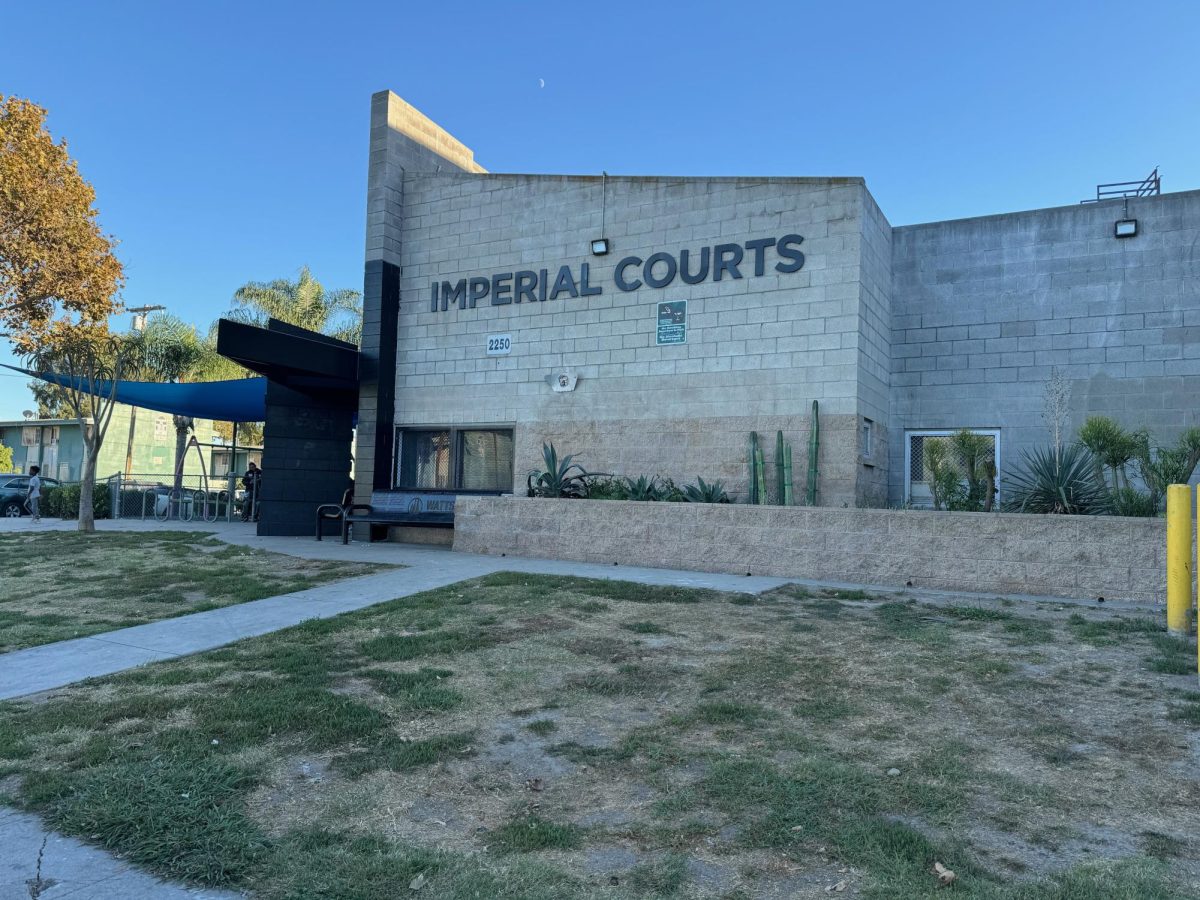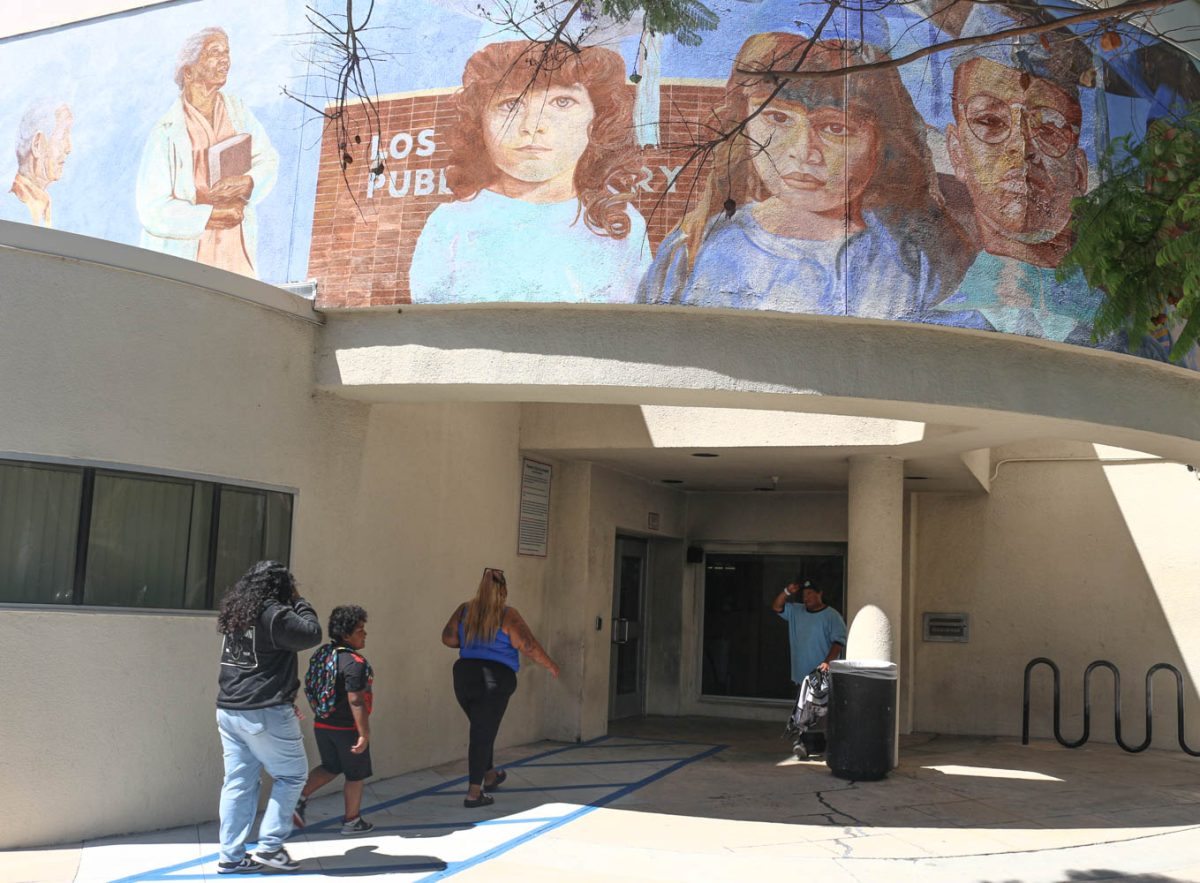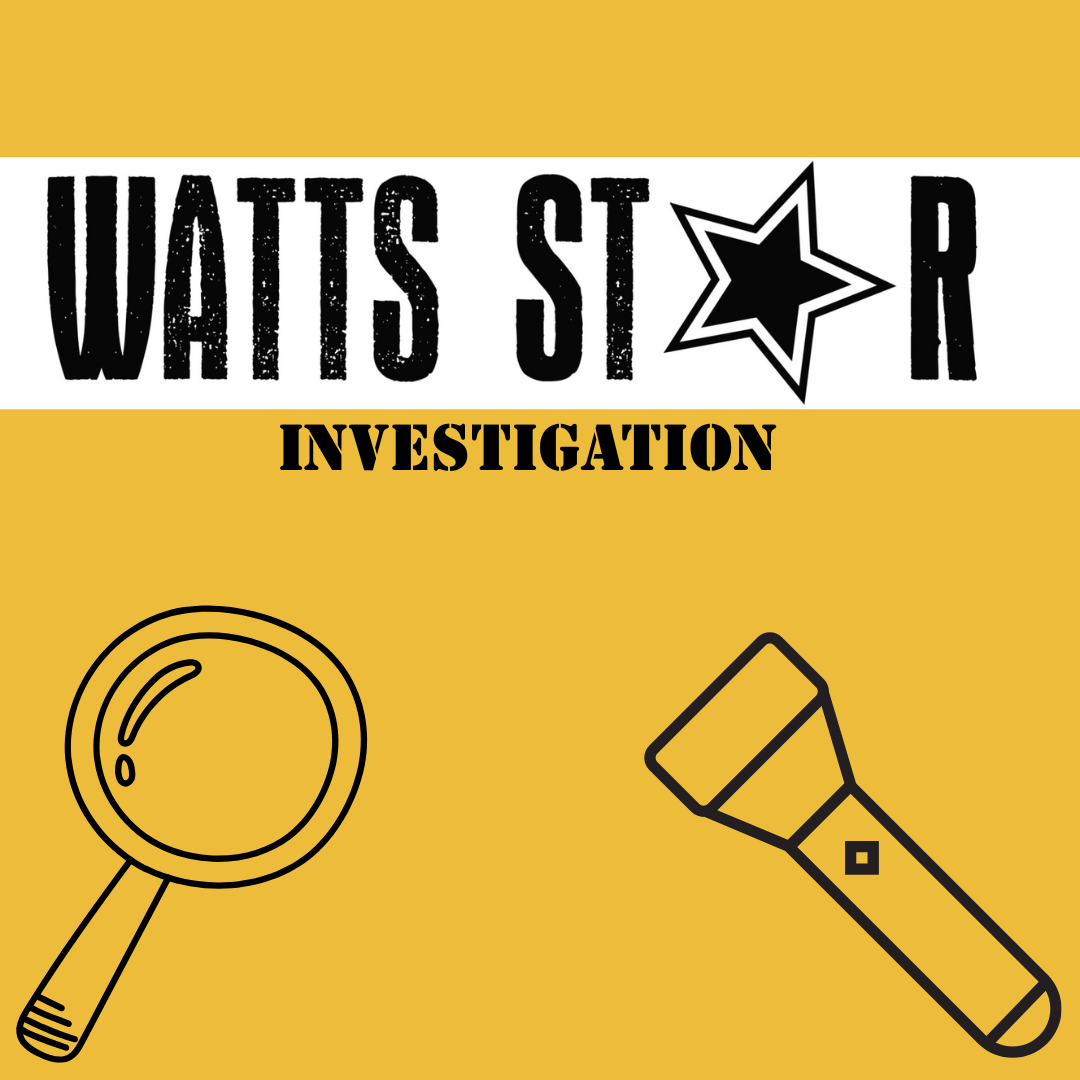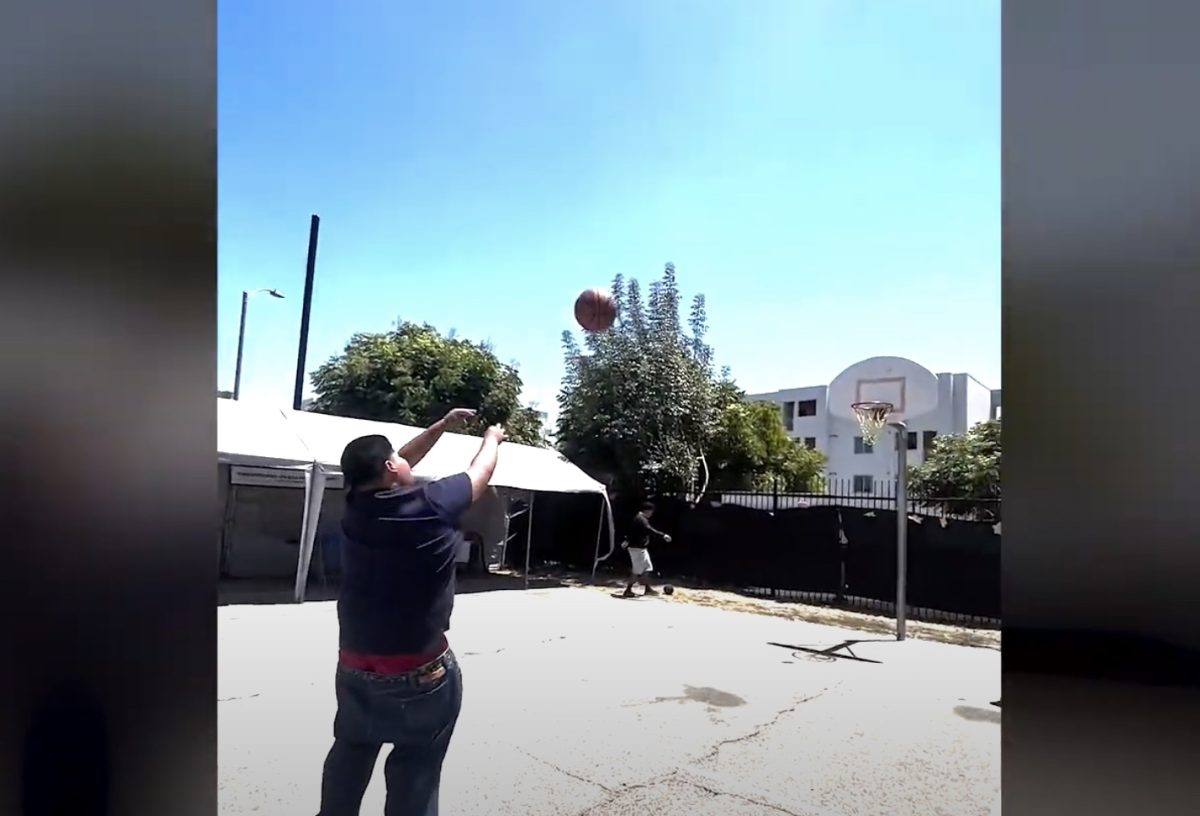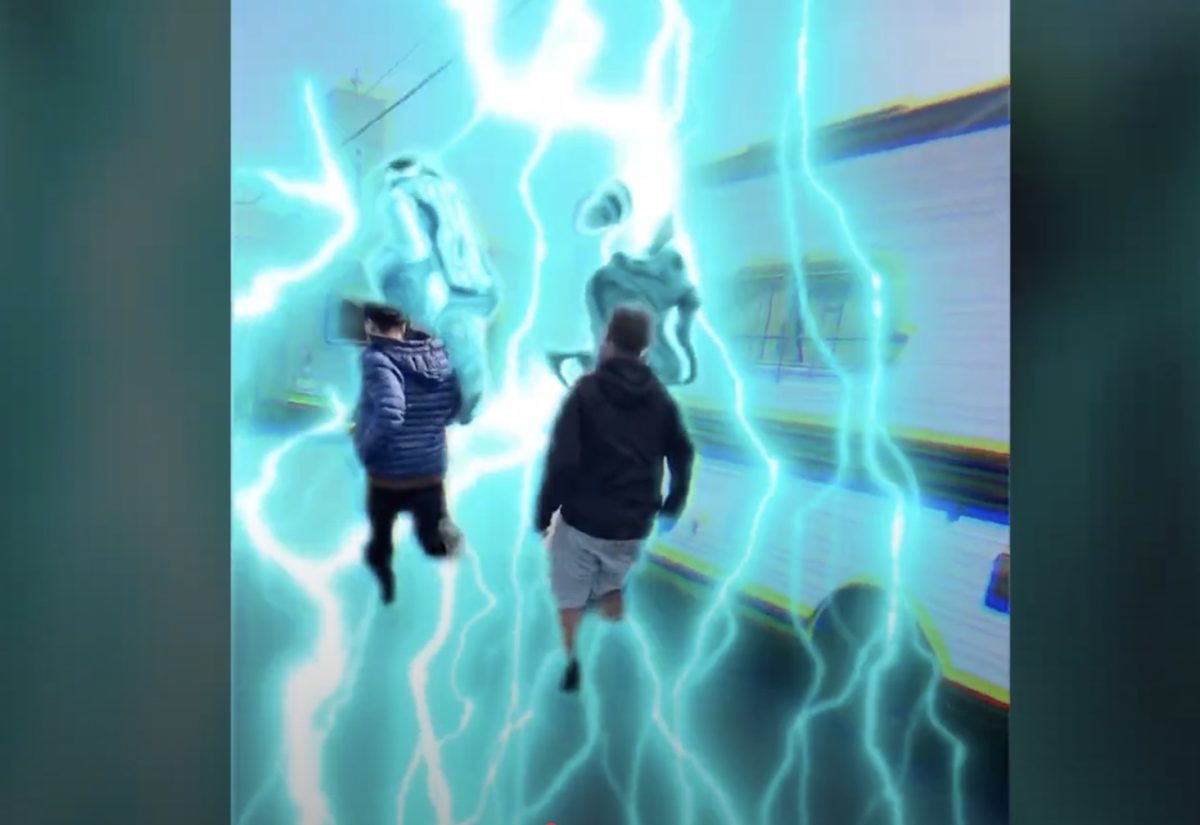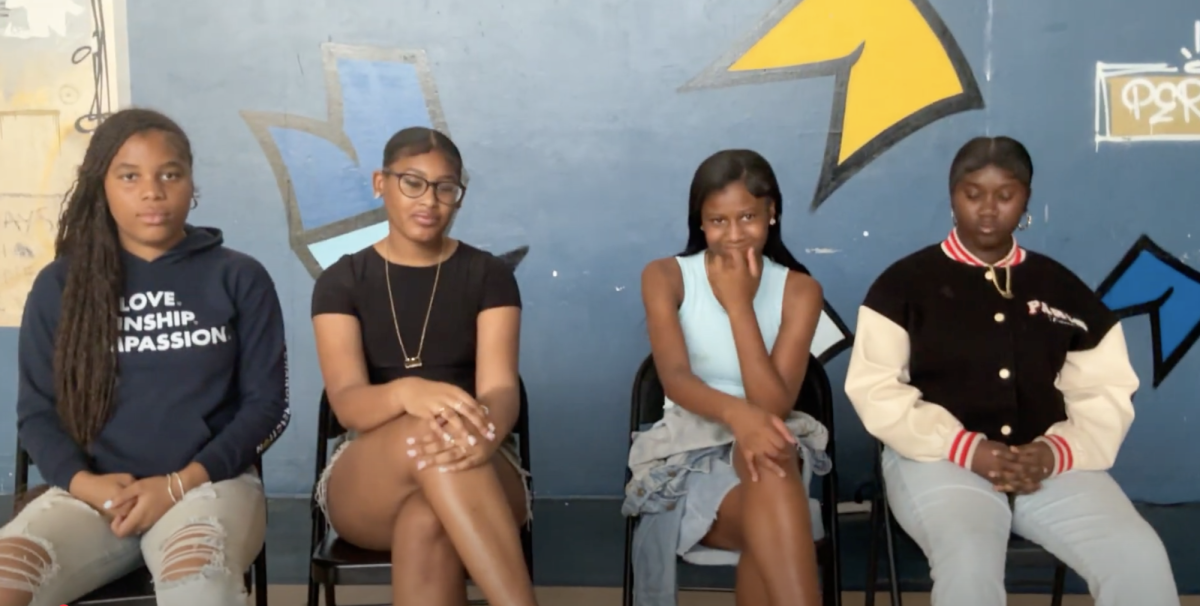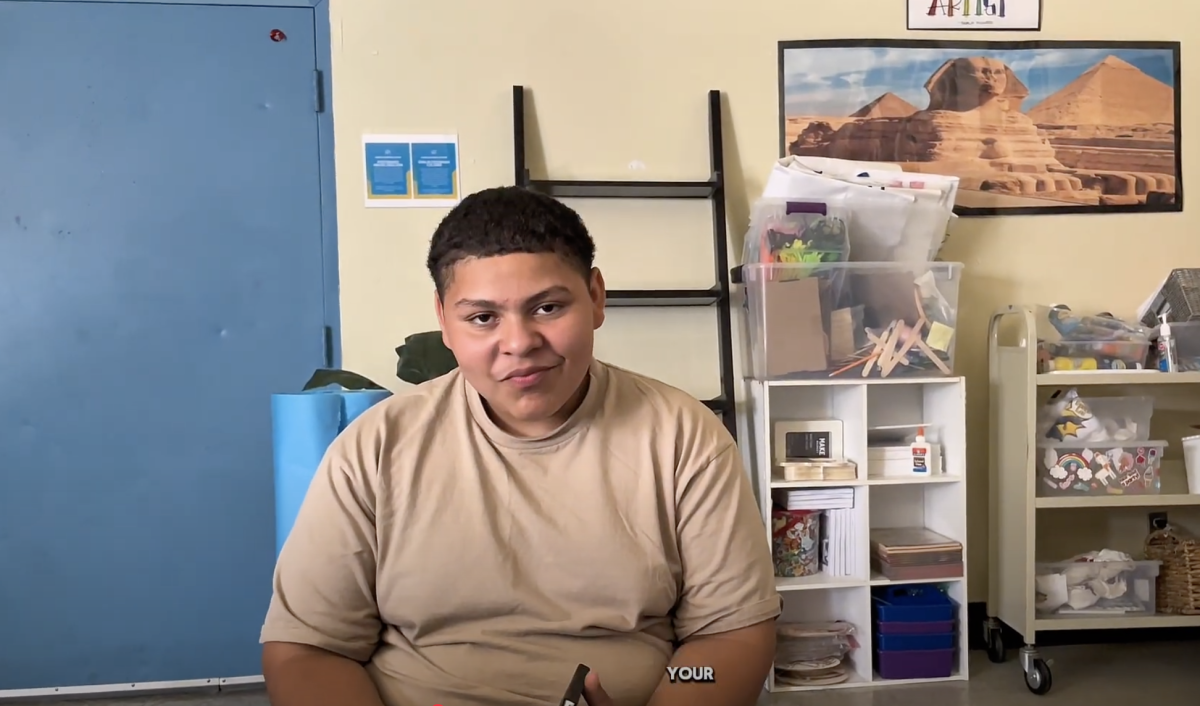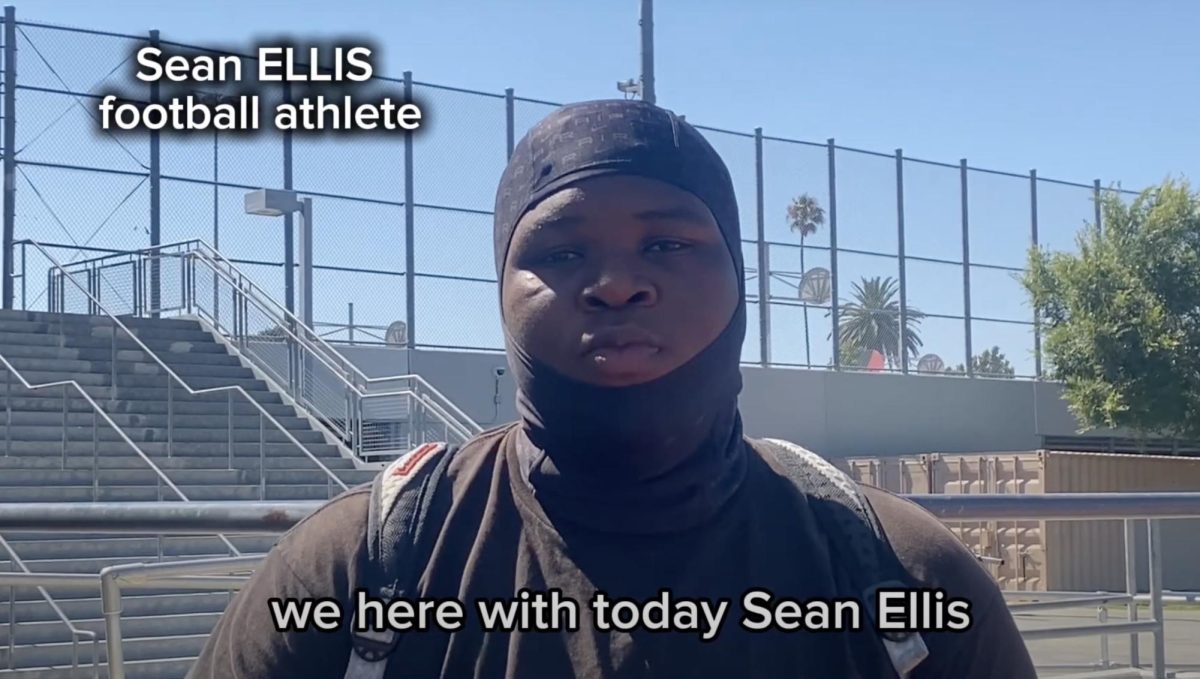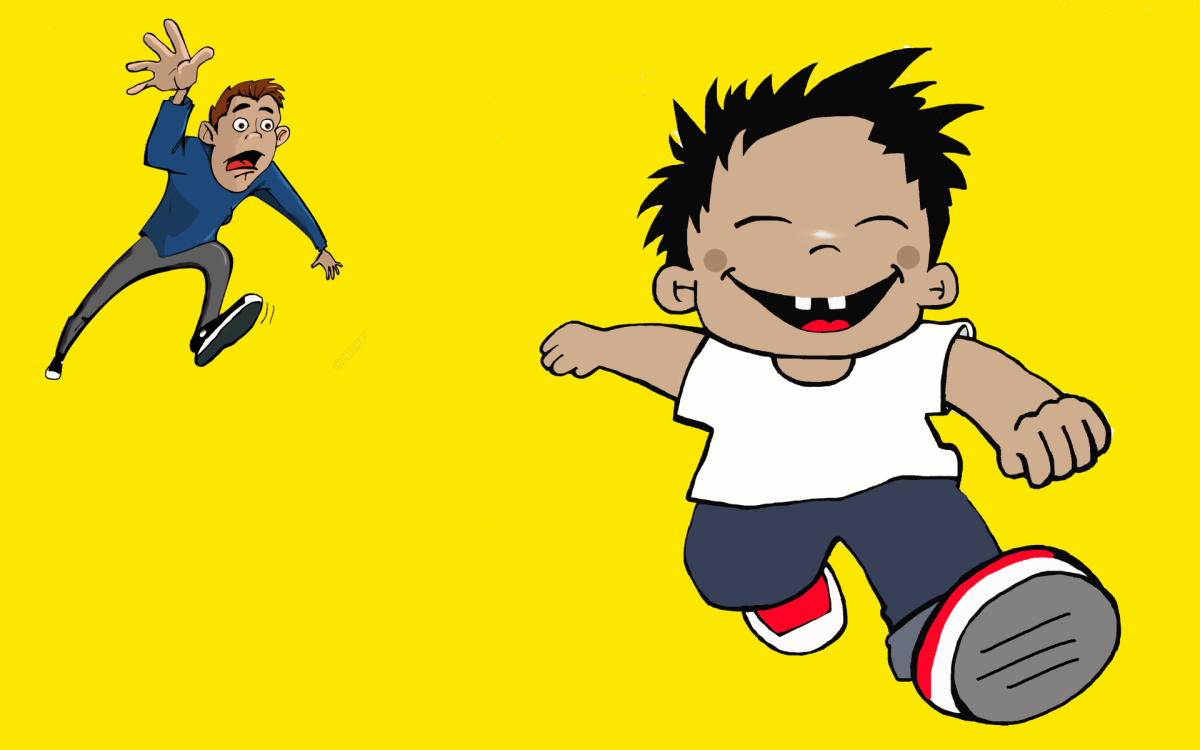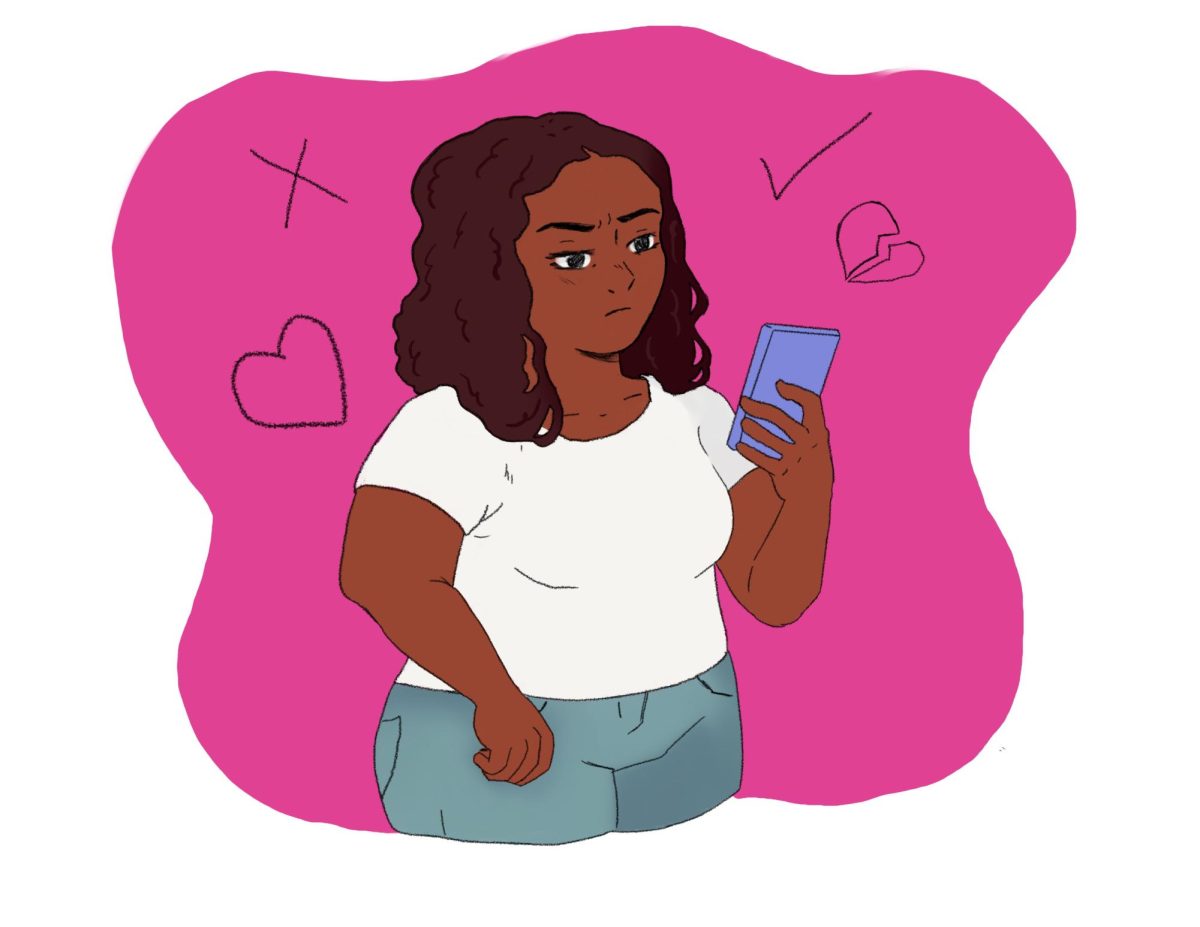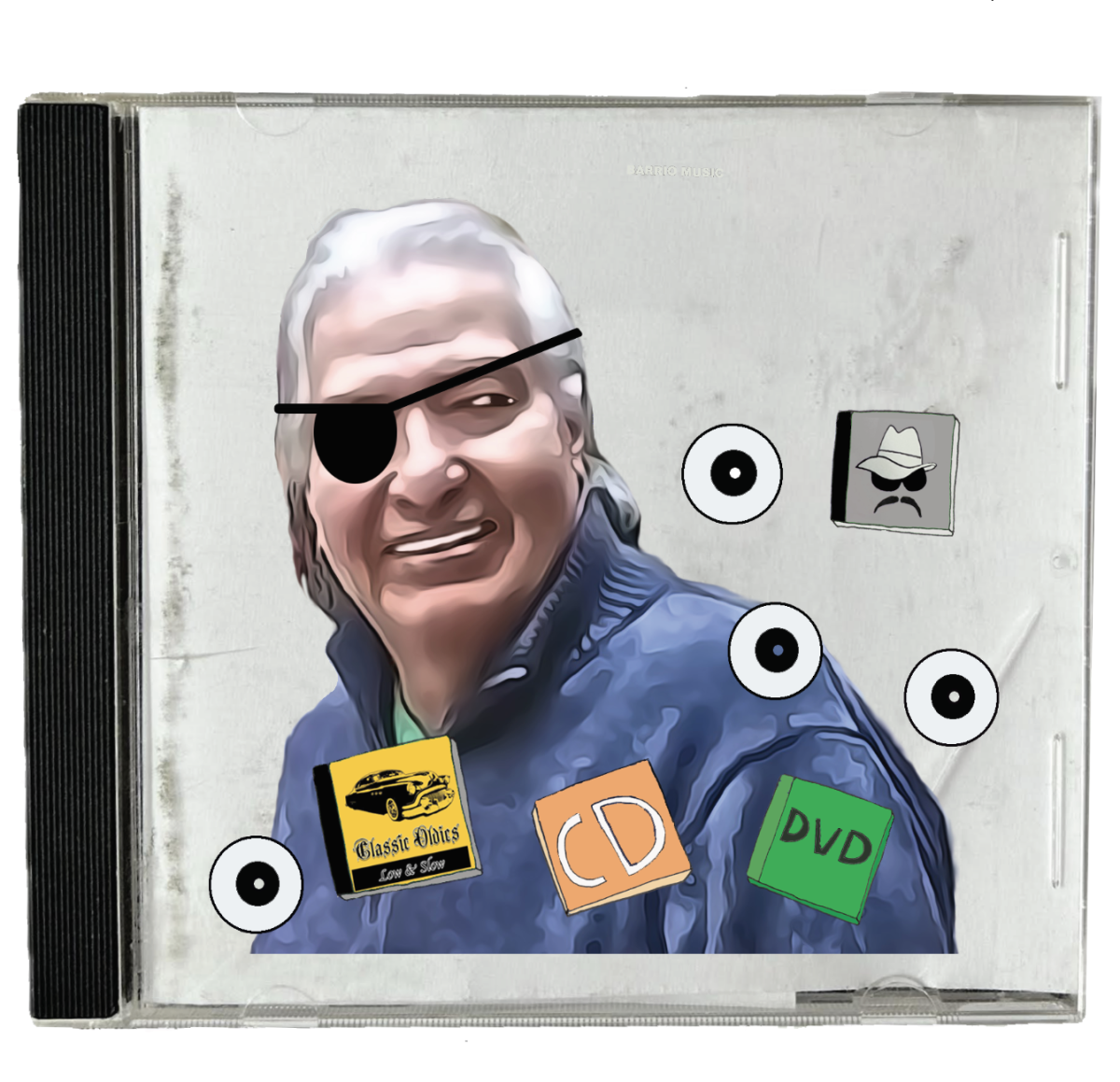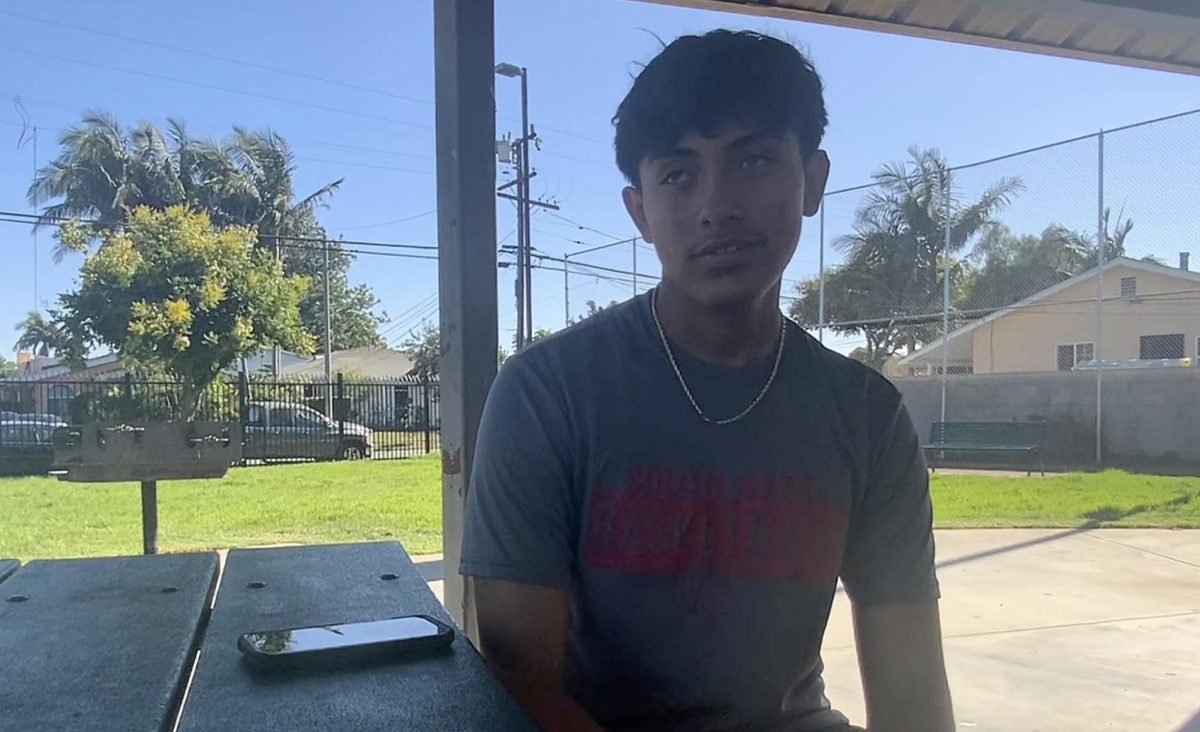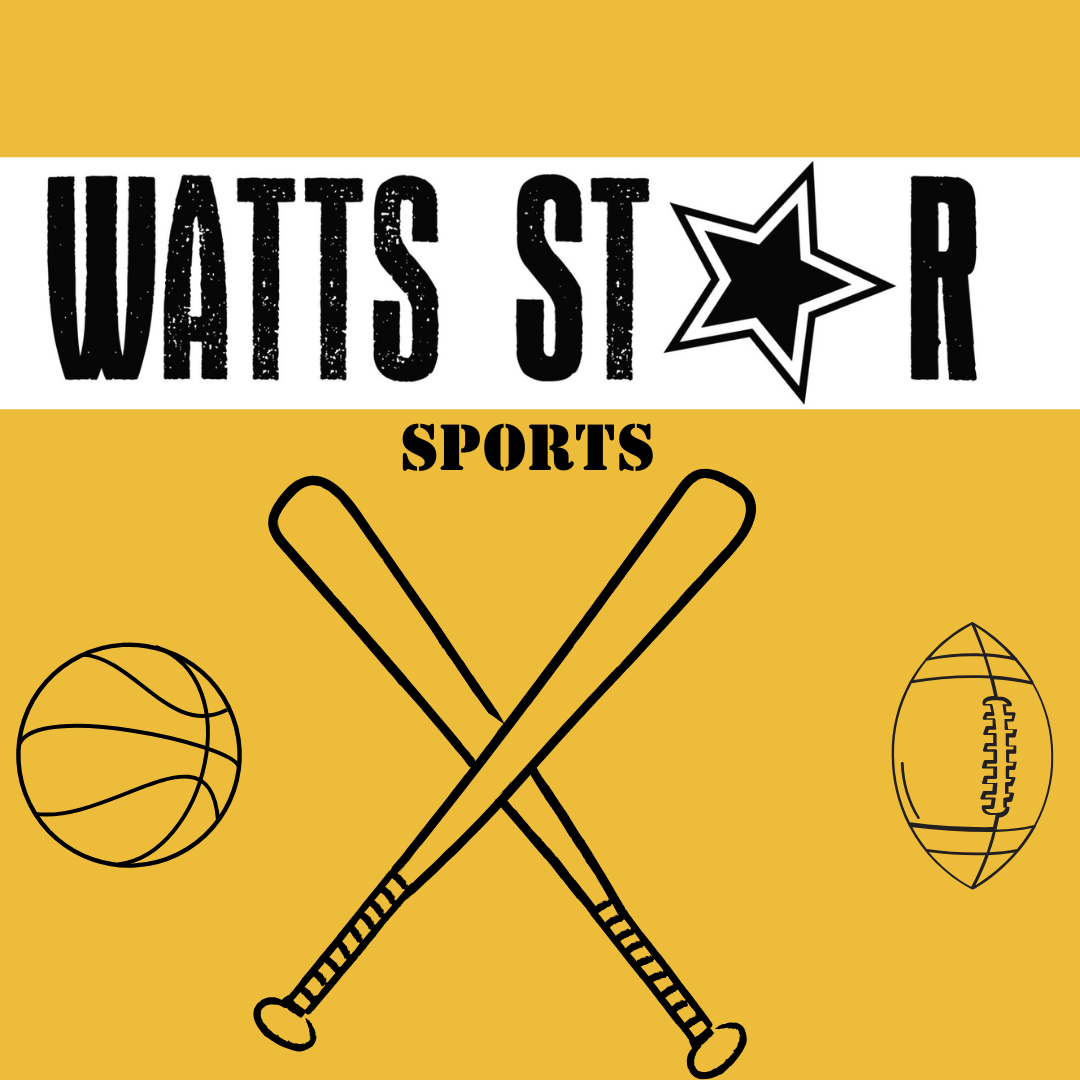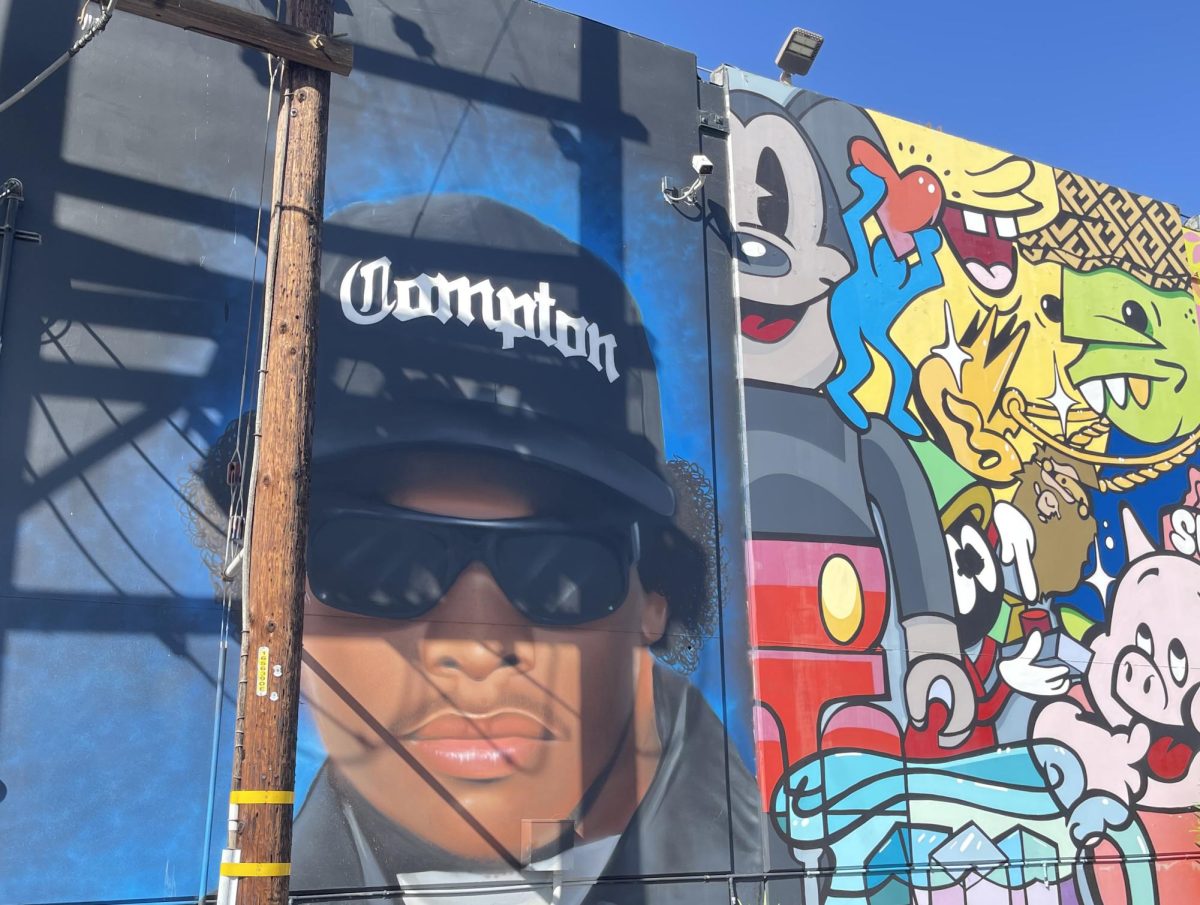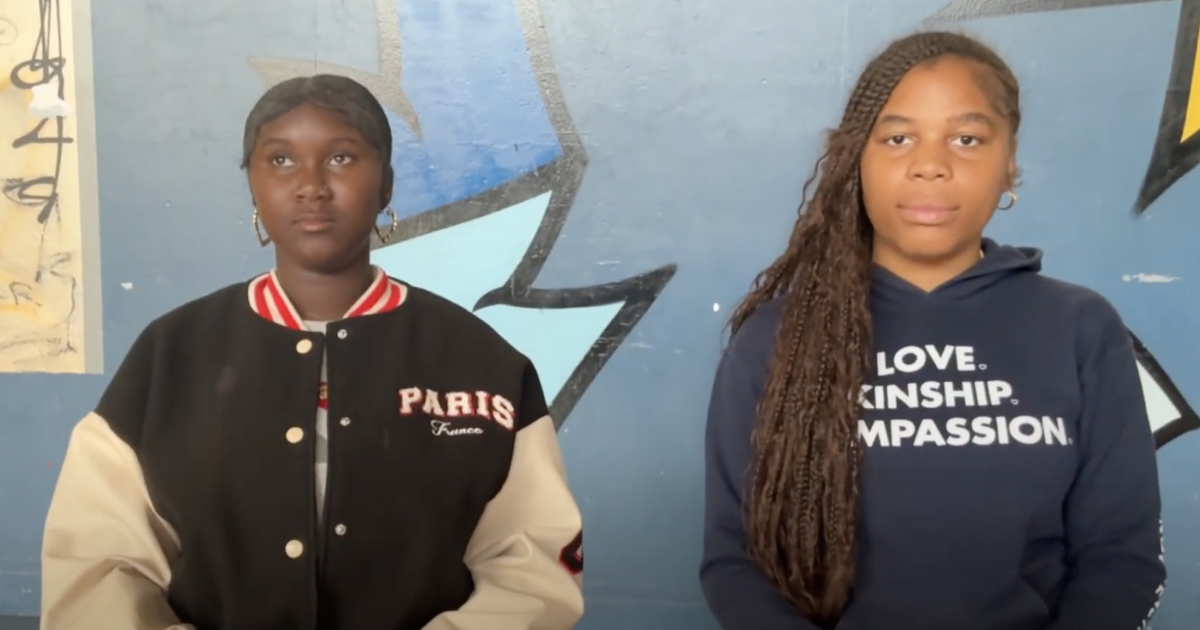Happy Birthday, Hip Hop. You’re #1.
By 2017, 31% of U.S. radio listeners preferred Hip Hop according to Nielsen Ratings’ tracking of TV and radio use. In 2020, 23.3% of worldwide album sales came from Hip Hop / Rap.
Respecting the roots of Hip Hop
There is no doubt that the East Coast gave birth to Hip Hop. Philly created popping as a dance style and also tagging that inspired the giant piecing and All City train cars that came to define NYC graffiti. The South Bronx elevated the art of DJing with break beats, scratching and sampling, as well as adding breakdancing (b-boying / b-girling or breaking) to the culture. Doug E. Fresh (Douglas Davis of Harlem) originated beatboxing. Immediately, the new culture spread throughout the five boroughs and New Jersey.
The idea that “rap” alone could define such a diverse culture was quickly abandoned, and Hip Hop came to be seen as encompassing four elements: MCing (also known as rhyming or rapping), DJing, breakdancing and graffiti. Later, people added fashion and a whole new flavor of social justice organizing into the mix.
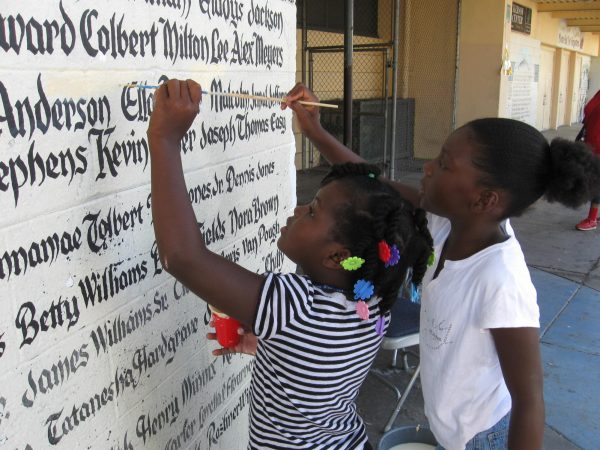
As Hip Hop has its 50th birthday, here’s where to honor what South L.A. added to the culture.
Jump in your low low if you’re as lucky as Ice Cube (O’Shea Jackson) — “I gotta go, ‘cause I got me a drop top. And if I hit the switch, I can make the ass drop.” Or grab a friend and get there however you can.
- Reality Rap / Gangsta Rap
In Regulate, Warren G (Warren Griffin III) with Nate Dogg on the hook (Nathaniel Hale) said, “They got guns to my head, I think I’m goin’ down / I can’t believe it’s happenin’ in my own town / If I had wings I would fly, let me contemplate / I glanced in the cut and I see my homie Nate /16 in the clip and one in the hole / Nate Dogg is about to make some bodies turn cold / Now they droppin’ and yellin’, it’s a tad bit late / Nate Dogg and Warren G had to regulate.
Warren G said of the lyrics, “That record was things I went through, and our friends went through. We’d witnessed that and we’d been a part of it. We just told the story.”
South L.A. gets credited for the creation of “gangsta rap.” But that’s not really accurate. The media, cops and critics labeled the music without really listening to the conditions detailed.
Gangs in South L.A. were created out of two realities.
First, L.A. County was extremely segregated, enforced by redlining, restrictive housing covenants, racial segregation in schools and sundown towns. These public policies existed alongside the invisible borders of neighborhoods. Black and Brown people knew not to cross Alameda Street into South Gate or Lynwood.
To protect themselves against white gangs, Black youth created their own groups in the 40s and 50s.
The second factor that gave rise to gangs was the loss of manufacturing jobs with globalization. In South L.A. alone more than 70,000 living wage manufacturing jobs disappeared in the 1970s and early 80s. The devastation of abandoned factories can still be seen along Alameda Street and Slauson Avenue.
Investigative journalists and Congressional hearings have exposed that drugs were used by federal agencies and local law enforcement to fund anti-revolutionary death squads in Central America while also destabilizing the Black and Brown power movements in U.S. cities. Youth who had no job prospects found themselves trapped in a deadly drug economy. In L.A., drugs and guns provided street gangs with a lethal mix.
From the start, South L.A. Hip Hop was neighborhood based. It didn’t constantly bang whatever set people claimed. It documented the realities of life in specific communities.
So, yes South L.A. gets credited with the creation of “gangsta rap,” and the music industry marketed the drama and made big money off the violence that existed in some lyrics, as well as in the streets, clubs and at award shows.
But really, what South L.A. gave the world was “reality rap.” There were some gritty, truth telling tracks before, for sure. But L.A. Hip Hop was the first to make “where you from” central to the culture and the stories people told.
As Nipsey Hussle (Ermias Asghed) said, “My life is real. I grew up in an environment where being polite was taken as a weakness. So, I just fought everybody.”
As part of the story telling, South L.A. artists were also the earliest in Hip Hop to bring international attention to the issue of police violence against Black and Brown communities in U.S. cities.
In N.W.A.’s 1988 album Straight Outta Compton, “F—k tha Police” protested racial profiling and police violence. Ice-T’s Cop Killer – featuring a creative mash-up of punk and Hip Hop – was released in 1992, a year after four LAPD cops beat Rodney King. Cop Killer became an anthem for the L.A. Uprising that followed the officers’ acquittal, one month after the song dropped.
Both these tracks dropped before the South Bronx MC KRS-One’s Sound of da Police came out in 1993.
In 1996, Sublime – out of Long Beach, mixing Ska, Punk and Hip Hop – released April 29, 1992 exposing that the looting following the Rodney King verdict and Latasha Harlins’ murder involved all communities from Downtown L.A. to the South Bay, “Cause everybody in the hood has had it up to here / It’s getting hotter and hotter and harder every year / Some kids went in a store with their mother / I saw her when she came out she was getting some Pampers.”
Below are a few of the many places that turned young people into Hip Hop historians:
These are residential neighborhoods. Please be respectful and ask permission before taking any photos.
Jordan Downs Public Housing Development on 103rd Street just east of Wilmington in Watts where many of the scenes in the classic film Menace to Society, featuring Hip Hop music from MC Eiht (Aaron Tyler) and Spice 1 (Robert Greene Jr.), were filmed. A lot of the housing is being torn down and redeveloped, so you won’t see many of the projects’ units as they originally looked.
Nickerson Gardens Public Housing Development in Watts where the Bounty Hunter Bloods – that feature heavily in the creation of Death Row Records – are from. The Recreation Center on Compton Avenue, just north of Imperial Highway, features the names of neighborhood residents who have died.
The location where Nipsey Hussle was killed and the site of his original store – The Marathon – is located on the west side of South Central L.A. at 3420 W. Slauson Ave., L.A. 90043.
On the corner of Crenshaw and Slauson, there are Nipsey Hussle tribute murals in the Fatburger Parking Lot and also on the U.S. Bank Building.
You can also visit Eazy-E’s (Eric Wright’s) gravesite at Rose Hills Mortuary, 3888 Workman Mill Rd., Whittier, CA 90601.
Take a moment to reflect on all the people that have lost their lives – or been buried alive in prisons – including all the Hip Hop artists who have been killed in L.A. County. More rappers have been killed here than anywhere else in the world.
- Lowriders
As 2Pac (Tupac Amaru Shakur) said in his classic tribute to the South Side – “To Live and Die in L.A.” – “It wouldn’t be L.A. without Mexicans. Black love, Brown pride in the sets again.”
Chicano culture contributed a lot to West Coast Hip Hop.
Long before the invention of spray paint, west coast neighborhoods painted the names – or placas – of their organizations and members on the walls of East and South LA. Hip hop historians credit LA graffiti for serving as part of the inspiration behind graffiti writers using spray paint to get up in Philly and New York starting in the 70s, ensuring that graffiti would always be credited as one of the original four elements of Hip Hop along with breaking, DJing and MCing (rapping).
In NYC, the subway system plays a central role in Hip Hop by providing a perfect canvas for graffiti writers.
But L.A. lost its vast Red Car transit system in the 1950s. An aggressive campaign by General Motors, Firestone Tires and Standard Oil eventually led to the destruction of the streetcars and their replacement with freeways, buses and automobiles, along with all the pollution, climate change and respiratory illness that comes with them.
Since then, L.A. has remained addicted to cars.
Lowriders were first built in barrios across the Southwest and Southern California in the 1940s. After rehabilitating classics, the cars’ owners and hangers-on would cruise the boulevards to show off their unique creativity and mechanical wizardry, including dropping cars as low to the ground as possible. “Bajito y despacito, limpio y lindo – Low and slow, clean and mean.”
When cops pushed California to outlaw low riders in 1958, Ron Aguirre took Pesco hydraulics from a B-52 and installed them in his ‘57 Corvette. From then on, drivers could flip a switch to lift their suspensions to make their cars “legal” for the streets.
Car clubs formed and have remained a central part of So Cal life. Black communities admired the masterpieces Chicano hoods were rolling in and formed their own car clubs and renovation efforts.
When gangsta rap jumped off in L.A., lowriders were the ride of choice.
As Eazy-E said in the very the first line he dropped: “Cruisin’ down the street in my ‘64 / Jockin’ the freaks, clockin’ the dough / Went to the park to get the scoop / Knuckleheads out there cold-shootin’ some hoops / A car pulls up, who can it be? / A fresh El Camino rollin’, Kilo G / He rolls down his window and he started to say “It’s all about makin’ that GTA”
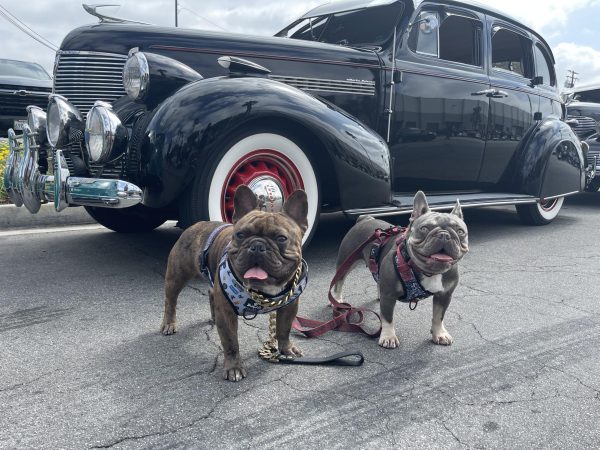
Some of the most active lowrider clubs and events include:
@zoot_suit_riot_memorial_cruise on Instagram
Manny “Pachuco” Alcaraz and Art Zamora sponsor an annual cruise from the Eastside to Downtown L.A., featuring only cars from the 1940s and 50s, to commemorate the 1943 Zoot Suit Riots. More accurately considered a sailor riot, white seamen and other soldiers roamed the streets of L.A. and attacked Mexican American youth. L.A. area media, officials and law enforcement defended the military and criminalized the youth.
Watts Finest Car Club, @wattsfinestcc on Instagram
Watts Life Car Club, @wattslifecarclub on Instagram
Both these clubs distribute food weekly to the community on Wilmington Avenue just south of 103 St. in Watts and also distribute toys in the same location at Christmas.
- Swap Meets
As early as 1986, the mixtapes crated by a young DJ, Dr. Dre (Andre Young) were a hot item, selling at The Roadium Swap Meet in Torrance.
Legend has it that the original conversation between Eazy-E and Dr. Dre (then of the World Class Wreckin’ Cru) was set up by Steve Yano who sold music – including Dre’s mixtapes – at The Roadium.
Yano marketed Hip Hop when record stores thought it was too much of a gamble to take up precious space in their crates. While Hip Hop artists knocked on – and eventually knocked down – the doors of the music industry, they also looked to other places to hustle their music.
And they found South L.A. swap meets.
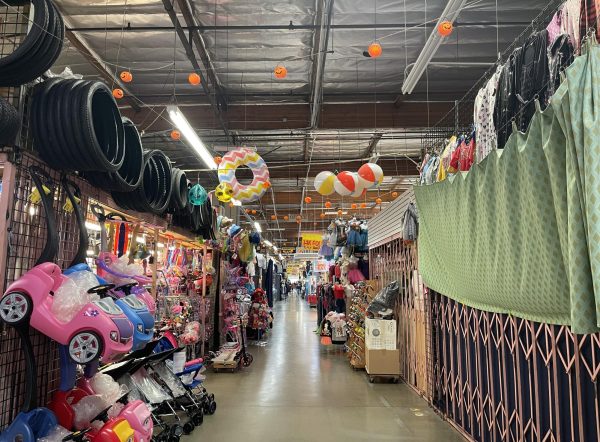
When Reaganomics led to massive outsourcing and deindustrialization, L.A.’s manufacturing plants were abandoned overnight. Korean immigrants began to establish indoor swap meets in old factory spaces throughout South L.A. based on the marketplaces in their homeland. These included Slauson Swap Meet opening in 1983, Compton Swap Meet (officially called Compton Marketplace) in 1983, and Rancho Dominguez Swap Meet (Del Amo Plaza in East Compton) in 1990.
The relationship between Korean merchants and the Black community suffered as customers were treated badly, stores failed to hire Black staff, and were also accused of having unfair pricing and inferior merchandise. Tensions escalated after the killing of 15-year-old Latasha Harlins in 1991 by Soon Ja Du who wrongly suspected the Black teen of shoplifting. This was one of the sparks that ignited the ‘92 L.A. Uprising, along with the acquittal of LAPD officers in the beating of Rodney King.
But, Eazy-E forged a special relationship with North Korean immigrant Wan Joo Kim who opened Cycadelic Records at Compton Swap Meet. Kim got the idea when he was selling women’s hair products at The Roadium and saw Yano making a lot more sales with Hip Hop music.
That part in the movie Straight Outta Compton on the origins of N.W.A. when Eazy-E is delivering boxes of Ruthless Records’ first single “Boyz-n-the-Hood” out of the trunk of his car actually happened. He was taking the singles to swap meet vendors.
MTV finally woke up and created Yo! MTV Raps. When they invited N.W.A. on the show, the group took host Fab Five Freddy on a tour of the neighborhood, including a stop at the Compton Fashion Center.
Hip Hop headz didn’t just get their music at the swap meets. It also became the place – and still is – to get all your fashion needs met – fresh white tees, long white tube socks, Dickies, Ben Davids, plaid flannels, a new pair of chucks or Nike Cortez, gold teeth, chains and medallions, or bandanas (rags, flags) in any color a hood demanded (until drama led some swap meets to discontinue the sale of “gang attire”).
It’s important to mention that L.A.’s Black O.G.s as well as gangsta rappers got their style of dress, some of their language including “homies” – in addition to their loyalty to lowriders – from Chicano cholo cuture.
N.W.A., 2-Pac, and Kendrick Lamar all made the Compton Swap Meet a West Coast Hip Hop landmark when they featured it in their videos.
The Compton Swap Meet closed in 2015, another victim of WalMart. But, The Roadium, Slauson and Rancho Dominiguez Swap Meets are still open. If you only have time for one visit, make it Rancho Dominguez that pays tribute to the graffiti side of Hip Hop culture with its entire outside covered in aerosol art.
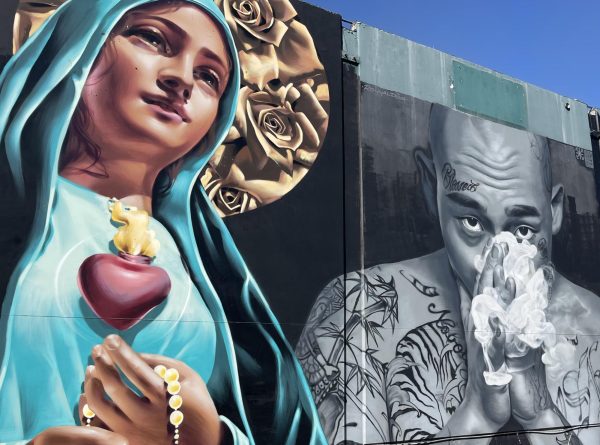
Check out these swap meets that played a significant role in the growth of Hip Hop:
The Roadium
2500 W. Redondo Beach Blvd., Torrance
Open 7 a.m. – 3 p.m., seven days a week
Rancho Dominguez Swap Meet
(Del Amo Plaza)
2787 Del Amo Blvd., Rancho Dominguez
Open 10 a.m. – 6 p.m. except Tuesday
Slauson Swap Meet (Slauson Super Mall)
1600 W. Slauson Ave., L.A.
Open 10 a.m. – 7 p.m., seven days a week
- Soul Train
For this part of your tour, sit back, relax and take out your phone. Search YouTube for Don Campbell locking on Soul Train.
Don Cornelius established Soul Train to give a national platform to Black musicians and dancers, including Funk music, considered a precursor of Hip Hop. (James Brown and P-Funk are said to be the most sampled artists in Hip Hop.)
When Soul Train moved to L.A. in 1971, the show searched the area for young, Black talent and heard about L.A. Trade Tech student Don “Campbellock” Campbell who originally performed locking in the college’s cafeteria.
Locking was based on freezing a dance move with fast and exaggerated arm gestures that matched the breaks in the music. Lockers were regularly featured on Soul Train and the dance linked with the East Coast’s popping and breaking to give Hip Hop its distinct moves.
- K-Day Radio
Radio stations thought Hip Hop was a passing fad, and MTV ignored it as amateurish and “not real music.” There were plenty of racist suppositions of record labels, radio stations and TV producers, the vast majority of whom were white men. MTV banned the first music video – Straight Outta Compton – released by N.W.A.
KDAY Radio went on air in 1948, licensed out of Redondo Beach at 1580 AM as a soul / R&B station. In 1983, KDAY hired Greg Mack as music director and he brought on Dr. Dre and DJ Yella Boy as the re-formatted station’s “mix-masters” making it the first full-time rap radio station in the nation. KDAY was so influential that it was involved in brokering an historic peace treaty among Blood and Crip sets in Watts on 1992.
Tune in to KDAY now at 93.5 on the FM dial for old-school Hip Hop classics.
You must be hungry.
To finish your tour of L.A.’s iconic Hip Hop spots, eat at Fatburger.
There’s plenty of locations to pick from, but you could stop at the Crenshaw and Slauson spot where Nipsey Hussle’s mural is. Lovie Yancey, a Black woman who moved from Tucson to South Central, founded the original Fatburger on Exposition Blvd. and Western Ave.
Originally called Mr. Fatburger, Yancey dropped “Mister” from the name when she dropped her business partners. As Ice Cube said it’s a good day when you eat here – “No helicopter lookin’ for a murder / Two in the mornin,’ got the Fatburger.” E-40, Kanye West and Pharrell have all invested in franchises.
Or treat yourself to Roscoe’s House of Chicken and Waffles with locations close by in South Central L.A., Long Beach and Inglewood.
Biggie Smalls (Christopher Wallace) rhymed that he “frequently floss hoes at Roscoe’s” in his classic track Going Back to Cali. In Murda, Compton’s The Game (Jayceon Taylor) said, “When you eat at Roscoe’s, watch out for the chain snatchers.” The lyrics were a prophetic warning as to the fate of Philly trap legend PnB Rock (Rakim Allen) who was killed at the Roscoe’s location on Main and Manchester on Sept. 12, 2022 after his girlfriend posted their location on Instagram showing off his jewelry.
Then, find somewhere cozy and take a long nap.

